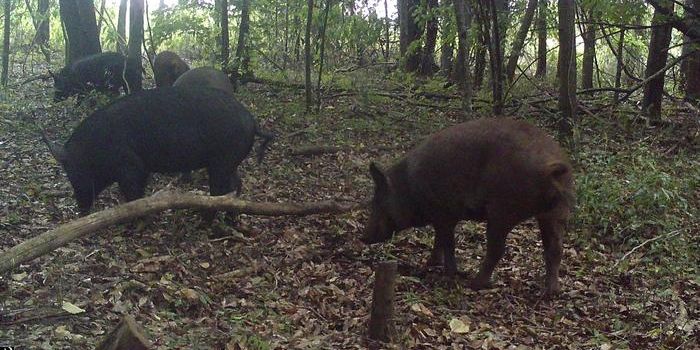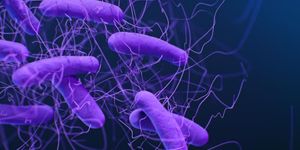An Attempt to Rescue the White Rhino From the Brink of Extinction
Since March 2018, there have only been two northern white rhinos left on Earth. They are both female and they live under armed guard 24 hours a day at the Ol Pejeta Conservancy in Kenya because their species has been hunted to the point of extinction for their horns. In an attempt to save the northern white rhino, researchers have collected egg cells from these last females six times over a period of years.
There researchers gathered 80 eggs in total, which were flown to Italy after collection where some were fertilized with semen from a male northern white rhino named Suni. Others were fertilized with semen from a different northern white rhino named Angalifu who lived in San Diego Safari Park until his death in 2014. Scientists thought that Angalifu's sperm was unable to fertilize eggs, but after viability tests that used a pig egg cell model, they found viable sperm. Now, the cryopreserved samples can be treated with it, and new genetic material from an unrelated individual can be added to the gene pool. Genetic diversity is typically thought to improve a species' chances of survival.
“We are impressed by the number of embryos obtained from the 17 oocytes, given the paucity of eggs and the quality of the semen," said Professor Cesare Galli of Avantea, who added that this research has also shown that the females can tolerate the egg cell harvests.
The older white rhino female named Nájin did not undergo oocyte collection during the most recent procedure. The researchers have not been able to successfully engineer viable embryos from her eggs. The team now is evaluating whether she might be able to continue to contribute to this project, and the ethical ramifications of that role. The twelve viable embryos that have been created have come from the eggs of Nájin’s daughter, Fatu.
“During the recent procedures it was clear that Nájin’s ovaries are no longer producing large number of eggs and that their quality is compromised,” said Jan Stejskal, Director of International Projects at Safari Park Dvůr Králové. “She is an old lady, and it seems it’s not worth subjecting her to the stress of any further procedures. However, her health status will be frequently monitored.”
Now, preparations are carefully being made for an embryo transfer, which might happen as soon as the end of the year. The females are now living in an enclosure at Ol Pejeta.
“The welfare of all the animals involved in the project is constantly monitored both throughout the ethical risk assessment of the procedures whenever they are taking place, and the individual behavioral observations," said Barbara de Mori, the Director of the Ethics Laboratory for Veterinary Medicine, Conservation and Animal Welfare at Padua University.
The researchers that are part of this BioRescue project are planning to generate more embryos as long as travel to Kenya is not impeded by the pandemic. The next step will be to attempt to transfer embryos in the hopes that a viable pregnancy will start in a surrogate. The plan is to use a female southern white rhino to carry these embryos. While southern white rhinos are near-threatened, there are still an estimated 20,000 of them remaining.
Sources: AAAS/Eurekalert! via Leibniz Institute for Zoo and Wildlife Research (IZW)









